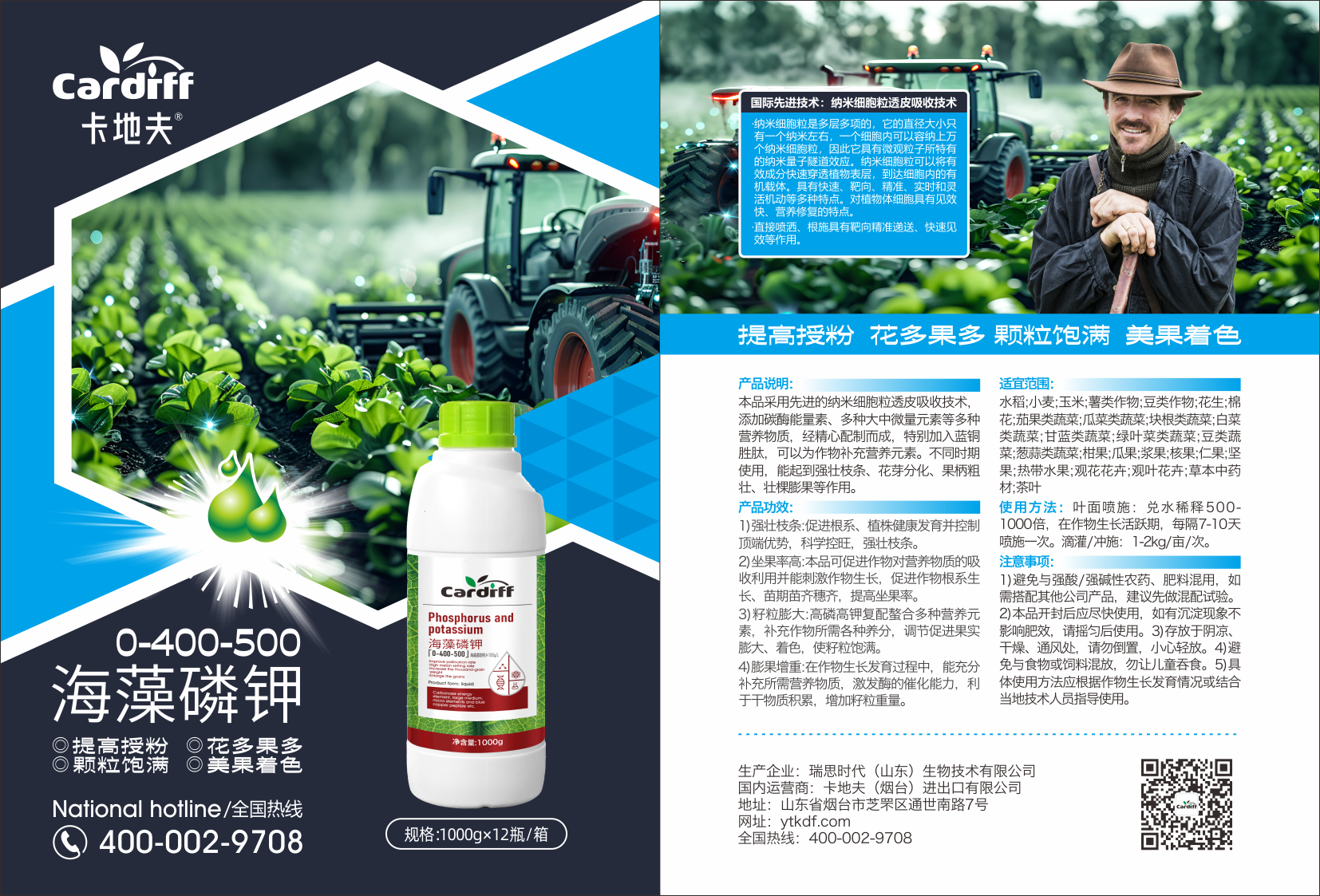Swipe up and down to see the details
Strawberry plants not flowering yet? Master these three tricks to promote flowering and robust seedlings!
Recently, many strawberry growers have been asking the same question: "Why are my strawberry seedlings growing so well but still not showing any flower buds?" As others' strawberries begin to bear fruit, their own fields only display lush leaves but no flowers, which is truly frustrating. Based on years of planting experience, seedlings with moderate growth—strong but not overly vigorous—tend to flower the earliest and produce significantly more blooms than weak seedlings. However, reality often falls short of ideals—after transplanting, strawberry seedlings often exhibit extreme polarization: either stunted growth or rampant overgrowth resembling "cabbage seedlings." So, how can we cultivate the desired plant structure to promote early and abundant flowering in strawberries?
First Move: Control Vigorous Growth—Let the Seedlings "Stay Grounded"
Ideal strawberry seedlings should have robust stems, thick leaves, and steady overall growth, as such plants exhibit early flower bud differentiation and strong fruit-setting capabilities. However, during actual cultivation, excessive temperatures, overuse of nitrogen fertilizers, or overly abundant water supply often lead to excessive vegetative growth in strawberries, resulting in lush foliage but poor flowering. To address this issue, the following measures should be taken:
1. Scientific Water Control: Avoid frequent heavy watering. Excessive soil moisture, combined with suitable temperatures, can easily lead to excessive plant growth. Moderately controlling the amount of water and maintaining slightly dry soil conditions can force the plant to accumulate nutrients, shift towards reproductive growth, and promote flower bud differentiation.
2. Precision Fertilization: During the flower bud differentiation stage, strawberries require adequate carbohydrate accumulation rather than excessive nitrogen fertilizer. An overabundance of nitrogen at this time will cause the plants to focus on leaf growth and development while delaying flowering. Therefore, nitrogen fertilizer application must be strictly controlled, while appropriate increases in phosphorus and potassium fertilizers should be implemented.
3. Timely plant maintenance: Regularly remove old leaves, diseased leaves, and excess foliage, promptly cutting off any emerging runners. Each plant should retain only 3-4 healthy functional leaves, which not only improves ventilation and light penetration but also promotes the transition from vegetative to reproductive growth.
4. Rational foliar supplementation: Foliar fertilizers such as Cardiff-seaweed phosphorus and potassium can be sprayed at appropriate concentrations to both replenish nutrients and help stabilize growth.
5. Prudent Use of Growth Regulators: If the above measures still fail to control excessive growth, consider using chemical regulators. Options include tebuconazole (10 grams per barrel of water at 12.5% concentration), Ai Mao (5 milliliters per barrel of water), or the safer calcein acid calcium (800-1000-fold dilution at 5% concentration). Note that application should be immediately discontinued once flowering begins.
Second Move: Boost Weaklings to Thrive—Empowering "Small and Weak Seedlings" to Overcome Challenges
Weak seedlings, like those suffering from malnutrition, will naturally delay flowering and fruit setting. For such plants, our primary goal is to help them regain robust growth.
1. Root Nurturing and Protection: Weak seedlings often have underdeveloped root systems. To promote root growth, apply root-nourishing fertilizers such as chitin, seaweed fertilizer, and potassium fulvate, or use a mixed solution of 0.2% urea and 0.2% potassium dihydrogen phosphate for root irrigation.
Here, we recommend using Cardiff microbial agents combined with Cardiff rooting agents. This dual-effect solution improves soil and promotes root growth, quickly transforming weak roots into strong ones.
2. Soil Loosening and Cultivation: Perform timely soil loosening and cultivation to improve soil aeration, enhance root respiration, and create a favorable growth environment for the root system.
3. Foliar Regulation: Spraying with Biostimulant or brassinolide (e.g., 10-15 ml of 0.01% brassinolide mixed with 30 pounds of water) can effectively regulate endogenous hormone levels in plants, enhance photosynthetic efficiency, and help weak seedlings regain vitality.
Third Technique: Temperature Regulation – Creating a "Cool" Blooming Environment
For strawberries to successfully complete flower bud differentiation, they must undergo a certain period of low-temperature accumulation, which serves as a critical signal marking the transition from vegetative to reproductive growth.
The optimal temperature for flower bud differentiation is 10-17°C, combined with short-day conditions (approximately 10 hours of light). Under low-temperature conditions of 5-10°C, strawberries can initiate the flower bud differentiation process regardless of day length. A key point to note is: do not cover and insulate the plants too early! If the plants do not undergo sufficient low-temperature exposure, they will continue vegetative growth, resulting in leaf production but no flowering. It is essential to allow strawberries to receive adequate low-temperature stimulation in their natural environment. Only after the temperature rises will the plants successfully form buds and flowers.
Key Points of Management Summary
To promote early flowering in strawberries, one must adopt targeted measures based on the specific growth conditions of the seedlings, just like an experienced coach
- For overgrown seedlings: control water and nitrogen, regularly remove old leaves, and apply light pesticide when necessary;
- For weak seedlings: Focus on root cultivation, timely soil loosening, and foliar application of growth regulators;
- For normal seedlings: Ensure sufficient low-temperature accumulation and wait patiently for flower bud differentiation.
The ultimate management goal is to cultivate an ideal plant type that is "vigorous yet not overly exuberant," while ensuring the plant undergoes a sufficient low-temperature process for flower bud differentiation. By flexibly applying these three strategies, we believe your strawberries will flower early, set fruit smoothly, seize market opportunities, and achieve ideal yields!






